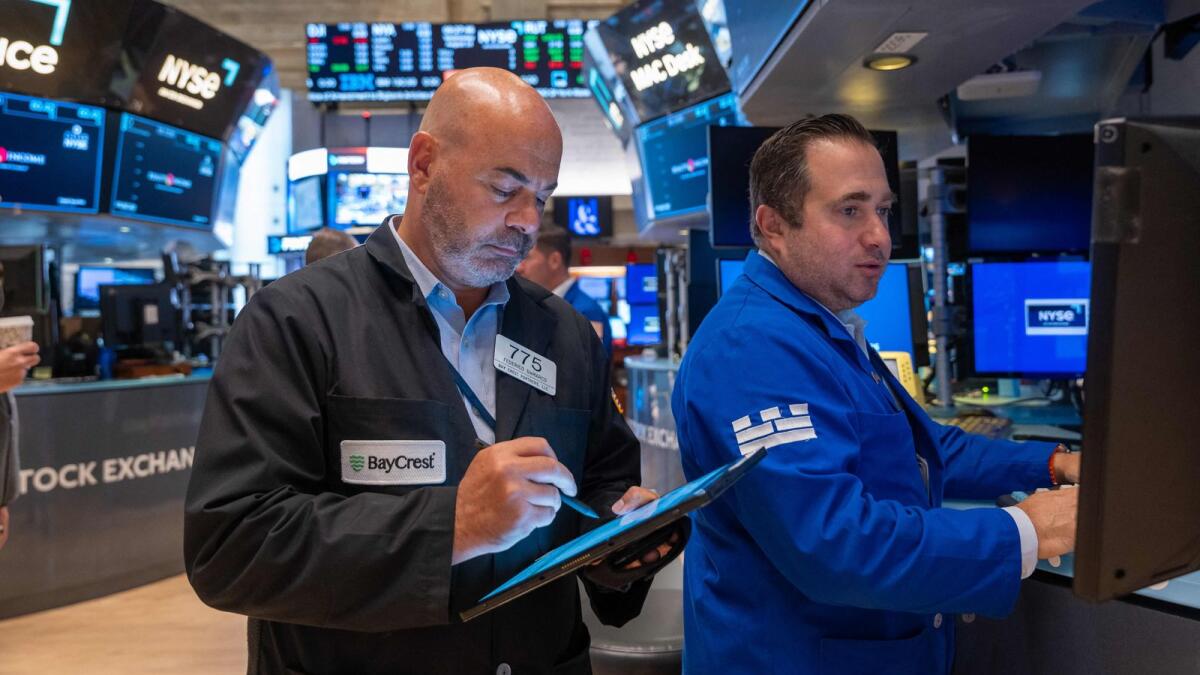The U.S. market is experiencing a record number of new exchange-traded funds (ETFs) hitting the market, with an average of 50 ETFs debuting monthly in 2024, surpassing the record of 48 in 2023. This growth is fueled by rising investor interest in the liquidity and tax advantages of ETFs, as well as the influx of innovative products. Despite recent market volatility, demand for risky new products remains strong, with investors also showing interest in “buffer” ETFs that use options to mitigate downside risk.
One example of a risky product is the Defiance Daily Target 1.75x Long MSTR ETF, which allows investors to amplify their exposure to bitcoin by offering 1.75 times the daily return on shares of MicroStrategy, a software company heavily invested in cryptocurrency. Despite its volatile nature, the ETF has attracted more than $50 million in inflows within a week of its launch, making it the most volatile ETF on the market.
On the other end of the spectrum, there is a growing trend towards launching products aimed at risk-averse investors. These products often offer some form of focus on income or downside protection using options. For example, the Amplify CWP Growth & Income ETF, which was recently launched, offers investors exposure to large-cap growth stocks while also writing call options on some of those individual stocks to generate additional income.
Another trend in the ETF market is the introduction of products that complement existing successful ETFs within the same family or suite. For instance, Pacer ETFs recently released the Pacer Nasdaq 100 Top 50 CashCows ETF, which aims to provide exposure to the 50 stocks in the Nasdaq index with the highest free-cash-flow margins. This trend indicates a focus on delivering innovative products that meet the diverse needs and preferences of investors.
Overall, the growth in new ETF launches reflects the dynamic nature of the U.S. market and the evolving investor landscape. With a wide range of ETFs catering to different risk profiles and investment objectives, investors have more options to diversify their portfolios and achieve their financial goals. As the ETF market continues to expand, issuers are expected to innovate further and introduce products that address emerging trends and investor demands.










